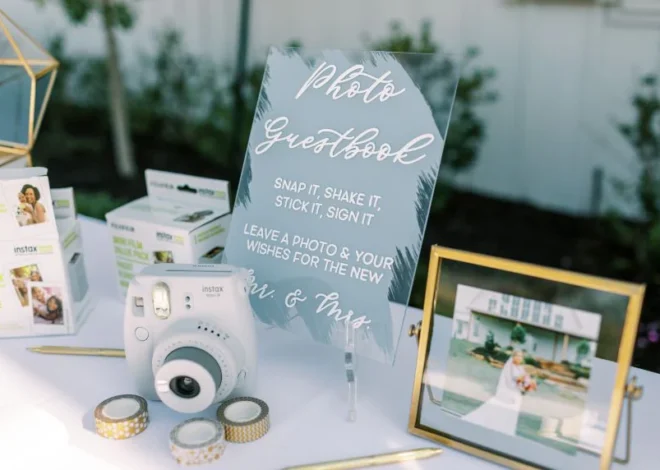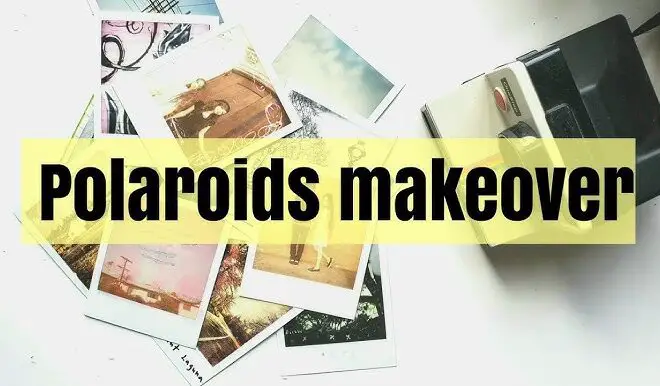
I type VS 600 film
Table of Contents
As an Amazon Associate, I earn from qualifying purchases.
i type vs 600 film
What are i-Type and 600 film?
- Polaroid 600 film is the older format used in vintage Polaroid 600 series cameras. The film pack contains its own battery, needed to power those old mechanical electronics.
- Polaroid i-Type film is identical in image format, emulsion, chemistry etc., but does not include a battery in the film pack. It was developed for newer Polaroid cameras which have their own built-in power supply.
So, fundamentally the light-sensitive parts (the chemistry) are the same in terms of what is meant for visual output.

Key technical specs & image quality
Here are what reviews and user reports say about i-Type / 600 film’s behavior and image output.
| Aspect | What happens / what to expect |
|---|---|
| Film speed & sensitivity | ISO ~ 640 (often called “600” even though it’s closer to 640). Good for daylight, indoor with flash, but limited in very low light. |
| Dynamic range | Relatively narrow. Highlights or shadows can clip (lose detail) if the lighting contrast is strong. |
| Color rendering | Warm tones, often a slight shift toward pinks in bright areas, greens or teal in shadows (especially in cooler temperatures). Natural saturation but not super neutral or “digital-accurate.” Many people like the character. |
| Sharpness / grain | Moderate sharpness, softer than many traditional film types. Grain is relatively fine for instant film, so texture is there but usually pleasant. The protective clear plastic layer over the emulsion reduces sharp perception somewhat. |
| Development time | About 15 minutes for full color development. Monochrome or special/duo-chromes may differ. |
Differences between I type VS 600 film (in practice)
Since the chemistry is the same, most differences are due to usage, camera, or cartridge (battery) effects. Here are what users have observed:
- The only essential physical difference is the battery: 600 film packs include a battery to power older Polaroid 600 cameras. i-Type lacks that because new cameras have their own power.
- If you shoot i-Type in a new Polaroid camera, or 600 in a new one, the image quality difference is minimal to none, aside from maybe how the battery pack affects shelf life or cost. Some users report slightly different exposure behavior but that often comes down to batch variation, camera calibration, or how film has been stored.
- 600 is more expensive per pack typically because of the battery in the pack. If your camera doesn’t need that (i.e. has its own battery), then i‐Type is more cost-efficient.
Practical Tips: Getting good results with 600/i-Type film
To make the most of what this film can do, here are best practices:
- Temperature matters
- Warm up your film before shooting (film tends to perform better around 15-25 °C). Cold tends to cause color shifts (towards teal/green) and slower development.
- After shooting, keep the exposed frames warm while they develop (e.g. in a pocket, shaded area). Exposure to bright sun immediately can wash out highlights.
- Light & contrast control
- Avoid extremely high contrast lighting: backlight, harsh sun + dark shadow. If unavoidable, use fill flash to lighten shadows.
- Cloudy or overcast light is often “easier” for this film. Gentle and even light brings out more tonal range.
- Exposure adjustments
- If your camera allows exposure compensation, try slight overexposure in dim light, or slight underexposure in very bright conditions. Some vintage cameras tend to overexpose; knowing your camera helps.
- Use flash even in daylight sometimes to fill shadows. Helps keep skin tones more even etc.
- Storage
- Store unused film in a cool place (refrigeration is fine), but allow to warm up before shooting.
- Keep developed pictures out of direct sun to prevent fading.
- Handling & scanning
- The clear protective plastic layer (on top of the emulsion) can cause glare when scanning or photographing the print. Diffused light or scanning with care helps. In some experimental workflows people remove that layer but that’s tricky and can damage the image.
- For best detail, try to avoid shaking the photo while it develops (contrary to popular myth) — motion can blur detail, particularly in highlights.

Verdict: Which to pick & when
- If you have an older Polaroid 600 camera (vintage), you need 600 film (battery included). No choice.
- If you have a modern Polaroid camera that has its own battery, then i-Type is usually the better choice cost-wise. You’ll get the same image quality for less overall cost (no battery in pack).
- If you shoot outdoors, in varying or harsh conditions (cold, contrasty light), you may see more pronounced differences in how film reacts; understanding your camera & adapting exposure helps more than choosing 600 vs i-Type.
FAQs
What’s the main difference between i-Type and 600 film?
600 film has a built-in battery in each pack (to power vintage 600 cameras).
i-Type film has no battery and is designed for newer Polaroid cameras that have their own rechargeable battery.
👉 The image chemistry and format are otherwise the same.
Can I use i-Type film in a Polaroid 600 camera?
❌ No. Vintage 600 cameras need the film’s built-in battery to work.
✅ Use 600 film in those cameras.
Why is 600 film more expensive than i-Type?
Because every pack of 600 film includes a disposable battery. i-Type is cheaper since it leaves out the battery.
Do both films come in color and black & white?
Yes. Both i-Type and 600 are available in:
Color
Black & White
Special editions (e.g., duochrome, themed borders)
How long does it take for the photo to develop?
About 15 minutes for full development.
Monochrome and specialty films may develop slightly faster.
READ ALSO: Should you shake polaroids?



